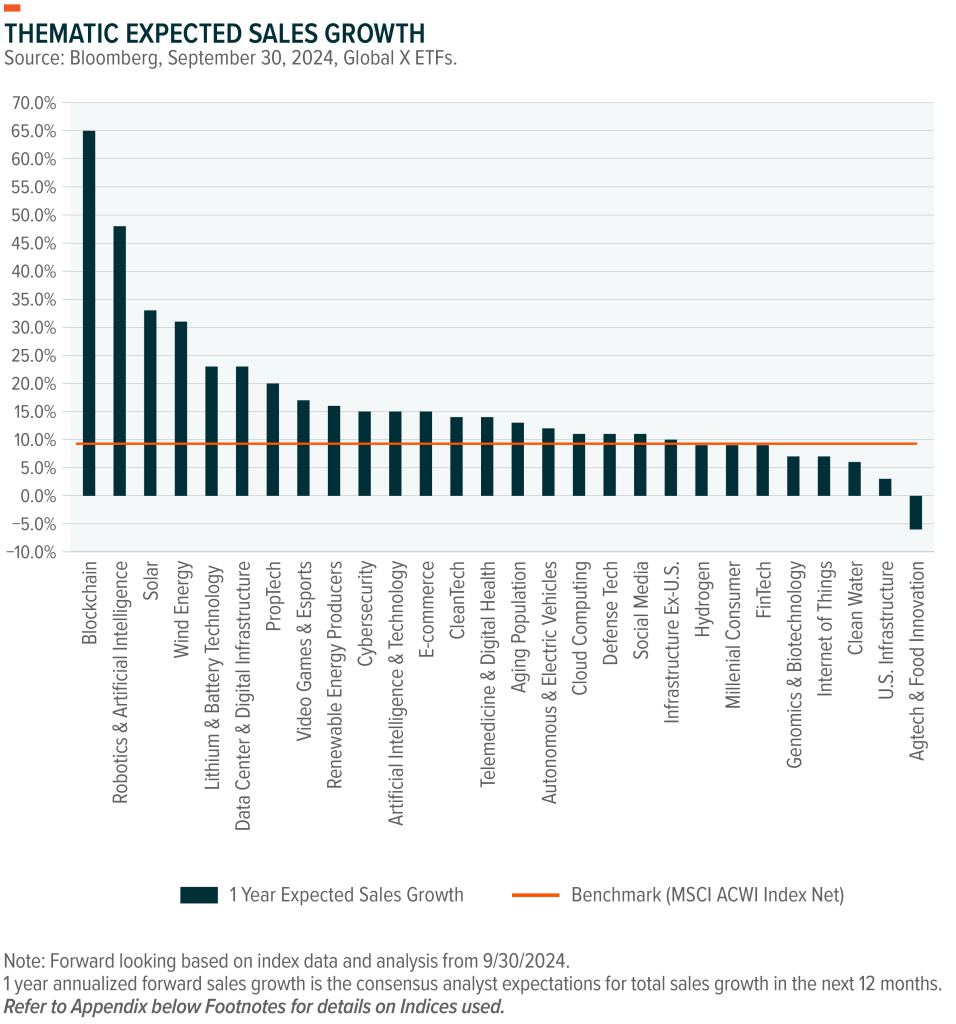By: Ido Caspi
Defense Technology
Drone Systems Gain Further Momentum, Signaling Shift in Modern Warfare Tactics
U.S. drone supplier AeroVironment inked a $1 billion contract with the U.S. Army to supply its Switchblade loitering munitions for infantry battalions.1 Switchblade drones combine surveillance capabilities like any other drone but can also be used as guided missiles capable of destroying tanks, light armored vehicles, hardened targets, and enemy personnel. The U.S. Army has used Switchblades for over a decade, and their effective deployment by Ukrainian forces has highlighted their broader strategic utility and favorable economics for a less financially resourced military. The United Kingdom is the only other current Switchblade operator, but countries such as France, Lithuania, and Australia have all signed deals to buy the system since war began in Ukraine.2 Combined, these developments demonstrate how mature and effective drone systems have become and how this market is reshaping warfare.
Artificial Intelligence
AI Excitement Heads to the IPO Market
Cerebras systems, which designs and produces semiconductors, supercomputers, and provides additional AI and software services, filed with the U.S. Securities and Exchange Commission to test the public markets. The initial public offering (IPO), which will be the first for a generative AI company, is possible later this year.3 Cerebras differs from most AI chip companies today by taking a Wafer Scale Engine (WSE) approach to AI computing. In a typical chip manufacturing process, a wafer is sliced into multiple smaller chips, acting as an independent processor. Conversely, the WSE approach uses an entire wafer as a single, integrated processing unit. The WSE approach aims to overcome the limitations of conventional chip scaling, with the WSE’s larger size offering potential advantages for AI workloads such as increased parallelism, reduced latency, and memory proximity. The WSE approach gives Cerebras a compelling value proposition for both the training and inference markets. In our view, it has the potential to bring a unique AI hardware play to the market.
Lithium & Battery Technology
U.S. Battery Manufacturing Supply Chain Receives a Boost From Government Investments
The Department of Energy (DOE) announced over $3 billion in funding through the Infrastructure Investment and Jobs Act (IIJA) to spur the domestic production of advanced batteries and battery materials. In total, the DOE announced funding for 25 projects across 14 states, covering the entire battery manufacturing supply chain, from sourcing and processing critical minerals like lithium, graphite, and manganese to building and recycling batteries.4 Two of the largest grants, up to $225 million each, are for projects extracting lithium from brine. Among these is a joint partnership between Standard Lithium and Equinor that is expected to produce up to 45,000 metric tons of battery-quality lithium carbonate over two decades.5 With batteries essential for renewable energy grids and the electrification of the transportation industry, this funding could help the U.S. expand its role in global battery production.
Healthcare Innovation
Breakthrough Schizophrenia Treatment Gets the Green Light
The U.S. Food and Drug Administration (FDA) approved Bristol Myers Squibb’s oral schizophrenia drug for adults, Cobenfy. As the first schizophrenia treatment approval in over 30 years, Cobenfy is a novel pharmacological approach that targets cholinergic receptors as opposed to dopamine receptors, which has long been the norm.6 An estimated 2.8 million people in the United States suffer from schizophrenia, and it is among the top 15 causes of disability worldwide, with patients at higher risk of early death.7,8 While the current standard of care can be effective in managing symptoms, up to 60% of patients experience inadequate improvements in symptoms or intolerable side effects during therapy. In clinical trials, Cobenfy helped manage common schizophrenia symptoms such as hallucinations, delusions, and disorganized thinking, potentially providing patients with an effective new alternative.9
Clean Energy
Nuclear Power Gets a Vote of Confidence with Three Miles Island Reopening
Constellation Energy plans to restart the Three Mile Island nuclear plant by 2028, subject to Nuclear Regulatory Commission approval. Constellation, which will invest $1.6 billion to extend the plant’s operations potentially until 2054, signed a 20-year power purchase agreement (PPA) with Microsoft, Constellation’s largest ever PPA.10 Microsoft’s interest reflects a broader trend of tech companies turning to nuclear energy to meet rising electricity needs while adhering to sustainability goals. Microsoft aims to use the plant’s carbon-free electricity to support its growing data center operations, driven by the increasing demands of AI.11 After decades of nuclear plant shutdowns, Three Mile Island’s restart is significant because it signals a revival of nuclear power, a clean and reliable energy source. Increasing demand from sectors like tech and electric vehicles has nuclear energy becoming essential to balance the energy grid and meet future demands. With bipartisan political support, it appears the nuclear energy market has a growing opportunity to achieve those goals.
Data Centers
New AI Clusters With Over 100,000 GPUs Announced
Elon Musk’s xAI launched one of the world’s largest AI training systems, the Colossus supercomputer, which uses 100,000 Nvidia H100 GPUs.12 This system, which xAI brought online in just 122 days, is set to double in size in the coming months with an additional 50,000 Nvidia H200 GPUs. Colossus will power xAI’s efforts to train the upcoming Grok 3 large language model (LLM), requiring up to 150 megawatts (MW) of electricity.13 With global AI chip shortages easing, companies like xAI are able to scale up their systems with larger orders for GPUs. Meta Platforms is also nearing the deployment of its own AI cluster, which features 100,000 Nvidia H100 GPUs to train the next generation of its Llama models. The cost of the GPUs alone could exceed $2 billion.14
The Numbers
The following charts examine returns and sales growth expectations by theme, based on their corresponding ETFs or indices.

Originally posted on October 22, 2024 on GlobalX blog
PHOTO CREDIT: https://www.shutterstock.com/g/mnemosyne
VIA SHUTTERSTOCK
FOOTNOTES:
1. Defense News. (2024, August 28). AeroVironment wins nearly $1B to supply Switchblade munitions to Army.
2. Ibid.
3. Yahoo!Finance. (2024, September 25). Cerebras Systems Targets Raising Up to $1 Billion in IPO.
4. Energy.gov. (2024, September 20). Biden-Harris Administration Announces Over $3 Billion to Support America’s Battery Manufacturing Sector, Create Over 12,000 Jobs, and Enhance National Security.
5. The Verge. (2024, September 20). US announces $3 billion in funding for new battery projects
6. Bristol Myers Squibb. (2024, September 26). U.S. Food and Drug Administration Approves Bristol Myers Squibb’s COBENFY™ (xanomeline and trospium chloride), a First-In-Class Muscarinic Agonist for the Treatment of Schizophrenia in Adults.
7. Ibid.
8. FDA. (2024, September 26). FDA Approves Drug with New Mechanism of Action for Treatment of Schizophrenia.
9. Bristol Myers Squibb. (2024, September 26). U.S. Food and Drug Administration Approves Bristol Myers Squibb’s COBENFY™ (xanomeline and trospium chloride), a First-In-Class Muscarinic Agonist for the Treatment of Schizophrenia in Adults.
10. CNBC. (2024, September 20). Constellation Energy to restart Three Mile Island Nuclear plant, sell the power to Microsoft for AI.
11. Ibid.
12. Tom’s Hardware. (2024, September 4). xAI Colossus supercomputer with 100K H100 GPUs comes online — Musk lays out plans to double GPU count to 200K with 50K H100 and 50K H200.
13. Ibid.
14. The Information. (2024, September 11). Meta Will Soon Get a 100,000 GPU Cluster.
DISCLOSURES:
Information provided by Global X Management Company LLC.
This material represents an assessment of the market environment at a specific point in time and is not intended to be a forecast of future events, or a guarantee of future results. This information is not intended to be individual or personalized investment advice and should not be used for trading purposes. Please consult a financial advisor or tax professional for more information regarding your investment and/or tax situation.
Investing involves risk, including the possible loss of principal. Diversification does not ensure a profit or guarantee against a loss. International investments may involve risk of capital loss from unfavorable fluctuation in currency values, from differences in generally accepted accounting principles, or from economic or political instability in other nations. Emerging markets involve heightened risks related to the same factors as well as increased volatility and lower trading volume. Narrowly focused investments may be subject to higher volatility. There are additional risks associated with investing in Gold and the Gold exploration industry.



